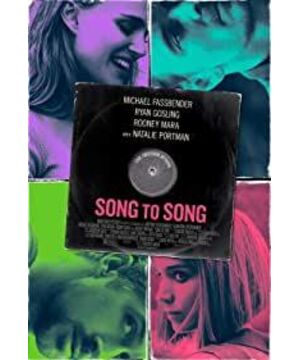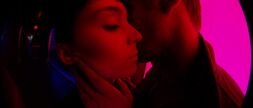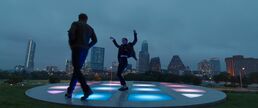This article eschews Malick's earlier relatively serious narrative films, such as Badlands and Days of Paradise. Only from his later personal style maturity.
"Capture" of images back to nature
Moviegoers who are familiar with Malick know that Malick films are unacceptable from a traditional point of view. His film is not a narrative, but more of a dream experience. This was criticized by many fans, who labelled Malick's films as MVs. Regarding the definition and classification of the film itself, there are many possibilities for the film, and the narrative is only one of the functions, and it can even be said that it is not necessary. Hollywood movies are well-versed in storytelling, and rigorous narrative techniques cultivate the audience into obvious ideological recipients—the listeners of the story. In fact, as early as the European avant-garde film movement in the last century, the possibility of film has been greatly expanded. Modern films break the rules and deconstruct grand narratives, making them more diverse and more able to evoke the subject's thinking. Going back to Malick's films, if you observe carefully, you will find that Malick's film images are very "everyday", "realistic" and "fragmented", almost a patchwork of everyday inadvertent fragments. At first glance, the rigorous scheduling that is not carefully arranged is more like the images of life we capture with our mobile phones. This is exactly the state Kracauer strives for in his theory. And the "thorns" are often between these inadvertent images.
The actor's state of being at ease
Not only in "Singing", but also in several of Malik's films in recent years, the actor's performance in front of the camera is unprofessional. This unprofessionalism is not derogatory, but emphasizes the ease with which the actors ignore the camera in front of the camera. The verbal and physical interactions between actors are very daily intimate, real and dynamic. Their performances are less deliberate, more like captured reality.
photography
Malick's golden combination of photography Lubesky has contributed to the formation of the film's style. Films are mostly shot with wide-angle and deep-focus lenses to capture as much of the environment as possible outside of the characters to form a whole. So when the character is in a close-up position, we can also observe the environment. For Malick, characters and environments are integral, inseparable truths. The camera movement swims in the environment and the actors, very flexible, and the capture of details is also in place. This smart lens, aided by Steadicam, also adds a rich, dreamy feel to the film.
clips and sounds
Editing in Malick's films is a very "liberal" patchwork that combines the actual pieces captured by the camera and does not adhere to a strict chronological order. This approach is like the emergence of fragments of memories in the brain. It is worth noting that there is a very subtle compositional relationship between the sound and the editing in the film. It is often the dialogue of the actors in the shot that forms a sound bridge or a voiceover after being tapped into the next shot in a different time and space, or the shot taps into a lot of monologue. As a result, the characters become a state of existence that sometimes withdraws from time and space, and sometimes returns to reality.
reality and fantasy
Malick's films create a feeling between reality and fantasy through a combination of "dreamful capture" and "poetic" of real images. The simplicity and vividness of the images are intertwined with the dreamy ravings, which sometimes pull us away from reality and sometimes return to reality. In this state, the soul of the characters is tortured, and it also brings the audience into thinking. It is the common theme of all of Malik's films: what can save people from a world of nothingness? Malik also has only one answer - divine love.
View more about Song to Song reviews











